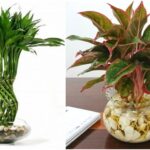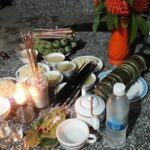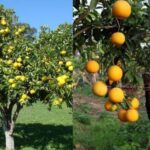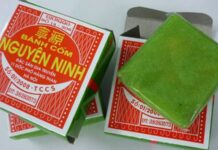The Role of Vietnamese Ginseng
In traditional medicine, Vietnamese Ginseng, or Panax vietnamensis, is considered a precious herb, almost akin to ginseng. In the realm of horticulture, it is a simple yet auspicious ornamental plant. Economically, farming this versatile plant has become a popular agroforestry model for many households.
Vietnamese Ginseng offers a plethora of benefits to its cultivators. Every part of the plant, from its leaves to its roots, possesses nutritional and medicinal value. It is commonly used in cuisine, beverages, and herbal remedies. According to Eastern medicine, the leaves help detoxify the body, promote urination, and alleviate itching. The roots are believed to enhance blood circulation, reduce inflammation and pain, and combat physical weakness and fatigue.
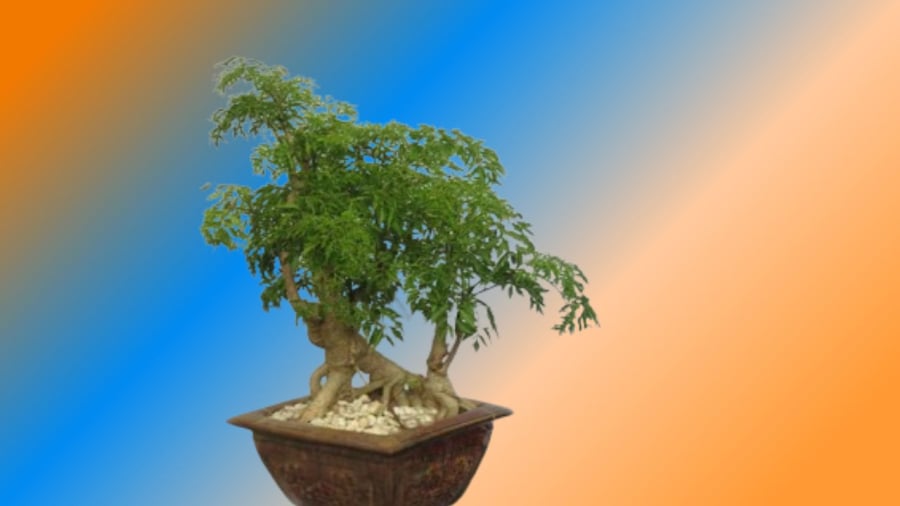
The Multifaceted Benefits of Vietnamese Ginseng
In the realm of Feng Shui, this plant is believed to bring good fortune and ward off negative energies. It is often placed near the entrance of homes to block bad luck and drive away evil spirits, while attracting positive energy and enhancing luck. Traditionally, people would plant Vietnamese Ginseng on both sides of their front door to attract and retain wealth. As a sun-loving plant, it thrives when positioned in well-lit areas like doorsteps, entrances, or gardens.
Do Older Plants Equate to Better Quality?
While older Vietnamese Ginseng plants may have more aesthetically pleasing roots, stems, and leaves, their age does not significantly impact their Feng Shui benefits as long as they are placed in harmonious locations. However, their advanced age does lend them a sense of grandeur and dignity.
When it comes to medicinal properties, age does play a crucial role. The roots of Vietnamese Ginseng are typically harvested when the plant is between three and six years old, as they are then infused in alcohol to create a valuable tonic sought after by the affluent. Prior to the three-year mark, the plant’s medicinal properties are relatively low, rendering it more suitable for culinary use than herbal remedies. The optimal period for maximum therapeutic benefits is between five and ten years, after which the roots begin to lose some of their potency, despite their increased size and rugged appearance.
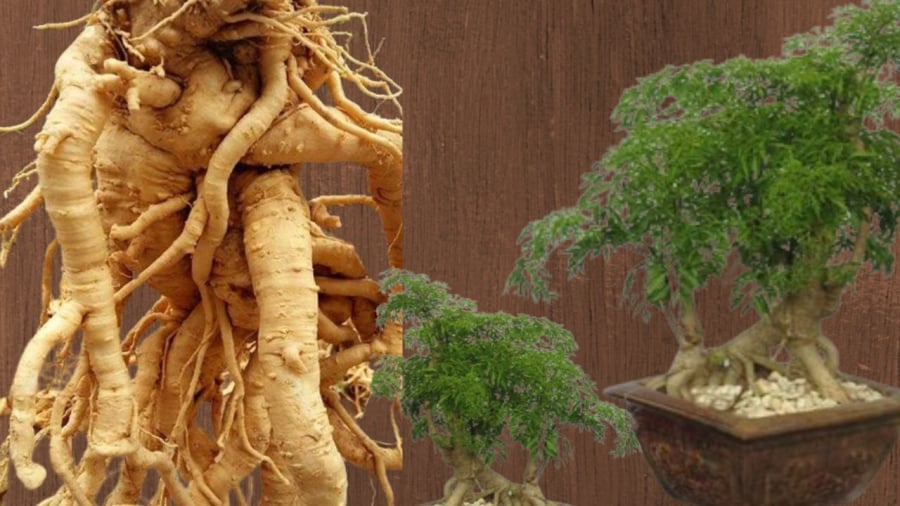
Optimal Medicinal Benefits: The Sweet Spot of 5-10 Years
Caring for Your Vietnamese Ginseng: A Feng Shui Perspective
Given its auspicious nature, it is advisable to plant Vietnamese Ginseng near the entrance of your home or in your garden, ensuring it receives ample sunlight.
Selecting the Right Seedling: It is recommended to purchase robust, healthy plants that are at least two years old to increase the chances of successful growth and survival. Look for sturdy branches with a brownish hue, and cut them into 10-centimeter sections to use as cuttings.
Prepare a well-aerated, loose, and sandy soil mixture to ensure adequate drainage and prevent waterlogging. If you plan to grow Vietnamese Ginseng in a pot, opt for a larger container to accommodate the plant’s root system.
Planting instructions: Add NPK fertilizer or processed organic fertilizer to your pot, place the seedling, cover it with soil, and water it. You can also cover the surface with a layer of straw or water hyacinth to retain moisture and enrich the soil with humus.
While Vietnamese Ginseng can be grown year-round, it thrives best during the spring, from January to April. Avoid overwatering, as the plant is drought-tolerant and can withstand dry conditions.
Pruning Instructions: Beginning in the second year, prune the leaves and branches twice a year, in April and September. Typically, the plant can be harvested after three years, with the optimal harvest period falling between October and December. However, if you wish to maximize its value, you can allow it to mature for a few more years.
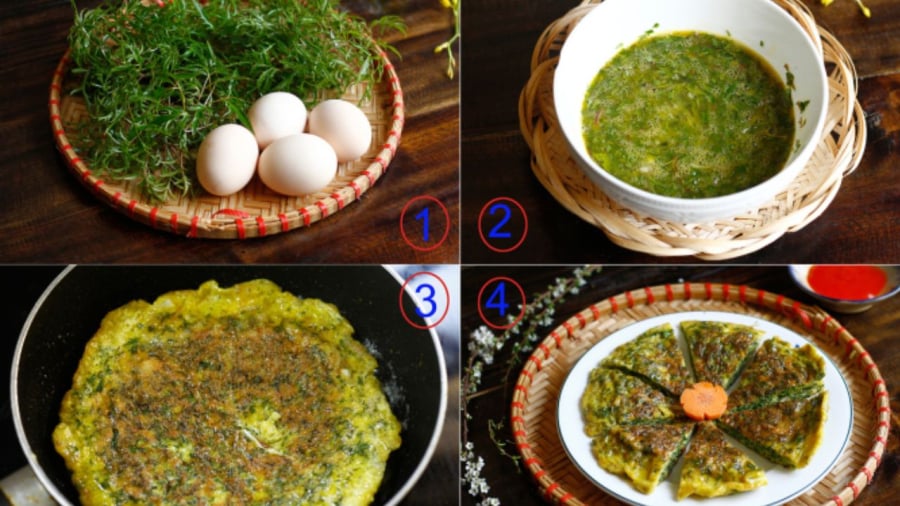
The Many Facets of Vietnamese Ginseng: Ornamental, Culinary, and Medicinal
Selecting Vietnamese Ginseng Roots for Maximum Medicinal Value
Vietnamese Ginseng comes in two varieties: one with larger leaves and the other with smaller leaves. The variety with smaller leaves, known as “Vietnamese Ginseng Nếp,” is believed to possess higher medicinal properties. When choosing a plant, pay attention to the remaining leaves and opt for the variety with smaller leaves.
When selecting roots, consider their color and size. Older roots will have a deeper hue, and the primary roots will be longer and thicker than those of younger plants. Look for roots with a golden straw color, a pleasant aroma, and a soft, moist texture—these are signs of high-quality roots. The most valuable part of the root is the section between the root and the stem, which is typically cut to a length of 10-15 centimeters and infused along with the roots.
Older roots are characterized by their large, knobby appearance, and their extensive root systems are highly prized for their aesthetic appeal and rarity. Roots aged 6-8 years are typically chosen for infusion, while older roots, ranging from 8-10 years or more, are sought after for decorative carvings.
Cultivating and utilizing Vietnamese Ginseng is a common practice among Vietnamese people. However, it is important to exercise moderation and consult with herbal experts before incorporating any new supplements into your diet or wellness routine.
Disclaimer: This information is based on traditional beliefs and practices. Always consult a healthcare professional before using any herbal products.
The Green Path to Prosperity: A Guide to 3 Soil-Free Feng Shui Plants for Wealth and Abundance
Introducing the Ultimate Guide to Feng Shui Aquatic Plants: Unlocking Luck and Prosperity for Your Home. Discover the secrets to attracting good fortune and creating a harmonious living space with these carefully curated aquatic plants, specially selected for their powerful Feng Shui properties. Bring positive energy and balance to your home with this definitive guide, and learn how to harness the power of nature to transform your life.
























